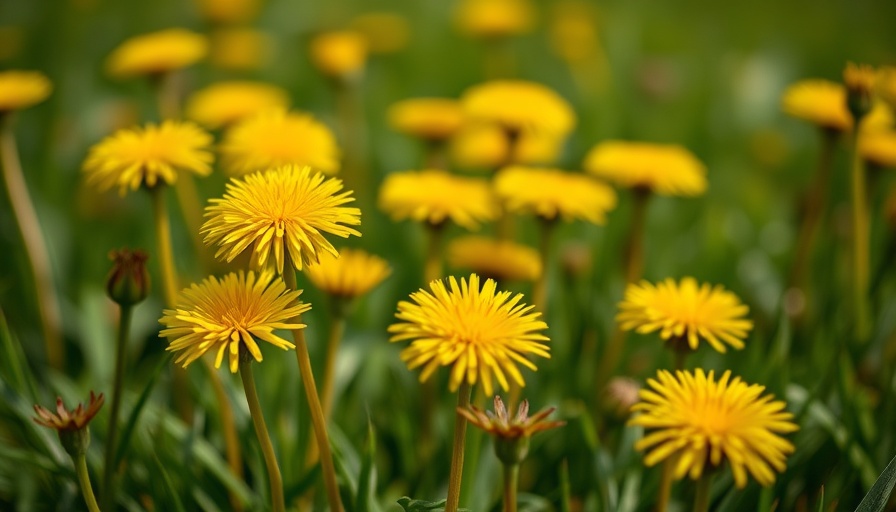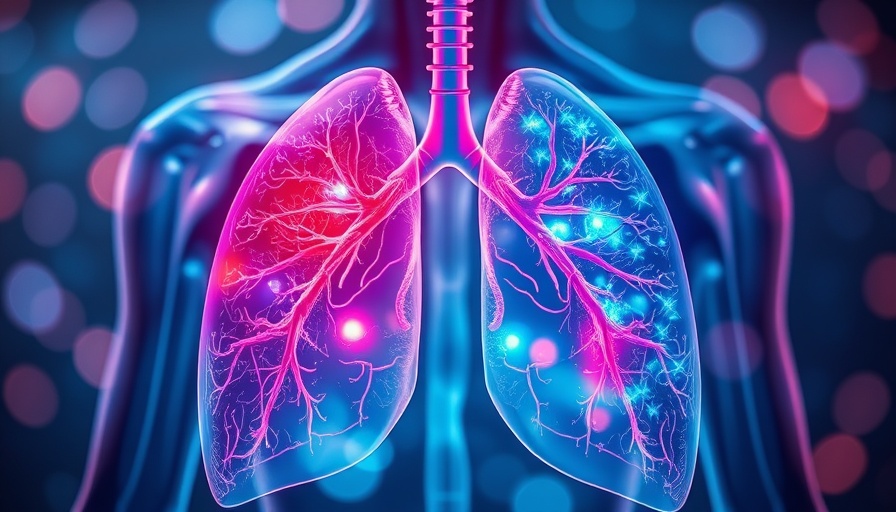
Understanding Heavy Metals and Their Impact on Health
In today's world, heavy metals like lead, mercury, and arsenic are pervasive pollutants, infiltrating our environment and consequently our bodies. These toxic substances can wreak havoc on physical and mental health, leading to issues like gastrointestinal disruptions, neurological deficits, and chronic fatigue. The critical link between heavy metal exposure and health complications highlights the urgent need for effective detoxification strategies.
Heavy Metal Toxicity: Recognizing the Symptoms
Most individuals may not be aware of the trace amounts of heavy metals they carry. Standard diagnoses involve blood tests, urine analysis, or hair and nail testing; however, these procedures are often overlooked in routine health care. Symptoms of toxicity can be subtle—fatigue, irritability, and brain fog—and may easily be dismissed as signs of other health issues. Recognizing these symptoms is crucial to enabling proactive detox measures.
The Liver: Your Body’s Natural Detox Powerhouse
At the forefront of detoxification is the liver. As the main filtration system of the body, it metabolizes heavy metals and expels toxins through bile. Supporting liver health is essential for effective detoxing. Nutrition plays a significant role in liver function, where choline, a nutrient essential for fat transport, becomes a key player. Found abundantly in pasture-raised eggs and citicoline supplements, maintaining optimal choline levels aids the liver in detoxifying heavy metals more efficiently.
Detoxification Strategies: Step-by-step Guide
Detoxing from heavy metals naturally involves a multifaceted approach:
- Optimize Glutathione Levels: Glutathione is a potent antioxidant that helps neutralize toxins. Foods like spinach, avocados, and asparagus boost your body's production of glutathione.
- Utilize Binders: Compounds such as activated charcoal or bentonite clay can bind to heavy metals in the gastrointestinal tract, facilitating their elimination.
- Exercise and Sauna Therapy: Engaging in high-intensity workouts, coupled with sauna sessions, promotes sweating—one of the most effective natural detox methods. Experts recommend at least 75 minutes of moderate exercise per week for optimal results.
The Power of Natural Remedies
In addition to lifestyle modifications, incorporating natural remedies can enhance detoxification efforts. Herbal supplements and essential oils, such as cilantro and dandelion root, have shown promise in facilitating the chelation of heavy metals from the body. However, it’s advisable to consult with a healthcare provider familiar with these natural approaches to ensure safety and efficacy.
Future Trends in Natural Detoxification
With growing awareness of environmental toxins, the market for natural detox solutions is burgeoning. Expect to see a rise in whole-food supplements, advanced herbal blends, and biohacking techniques aimed at supporting the body’s natural detox functions. Staying informed about these trends can help you choose effective and safe methods for maintaining optimal health.
Final Thoughts: Take Charge of Your Health
Detoxifying heavy metals is not just about cleansing your body; it's about reclaiming your health and vitality in an increasingly toxic world. Implementing these strategies could lead not only to improved physical well-being but also greater mental clarity and emotional resilience. Take a proactive step toward your healthy future by prioritizing detoxification in your wellness journey.
With the right knowledge and tools, you can detoxify your system naturally and effectively. If you're interested in learning more about how to detox heavy metals and skyrocket your vitality, reach out to health practitioners who specialize in alternative medicine. Empower yourself with information, and start on the path to a healthier you!
 Add Row
Add Row  Add
Add 




Write A Comment